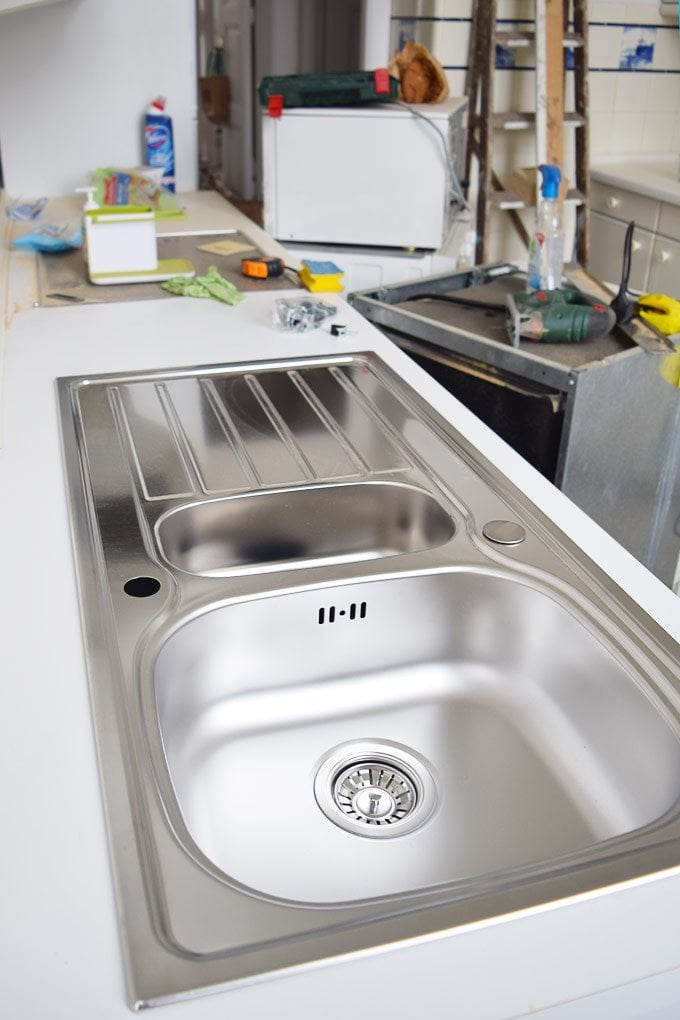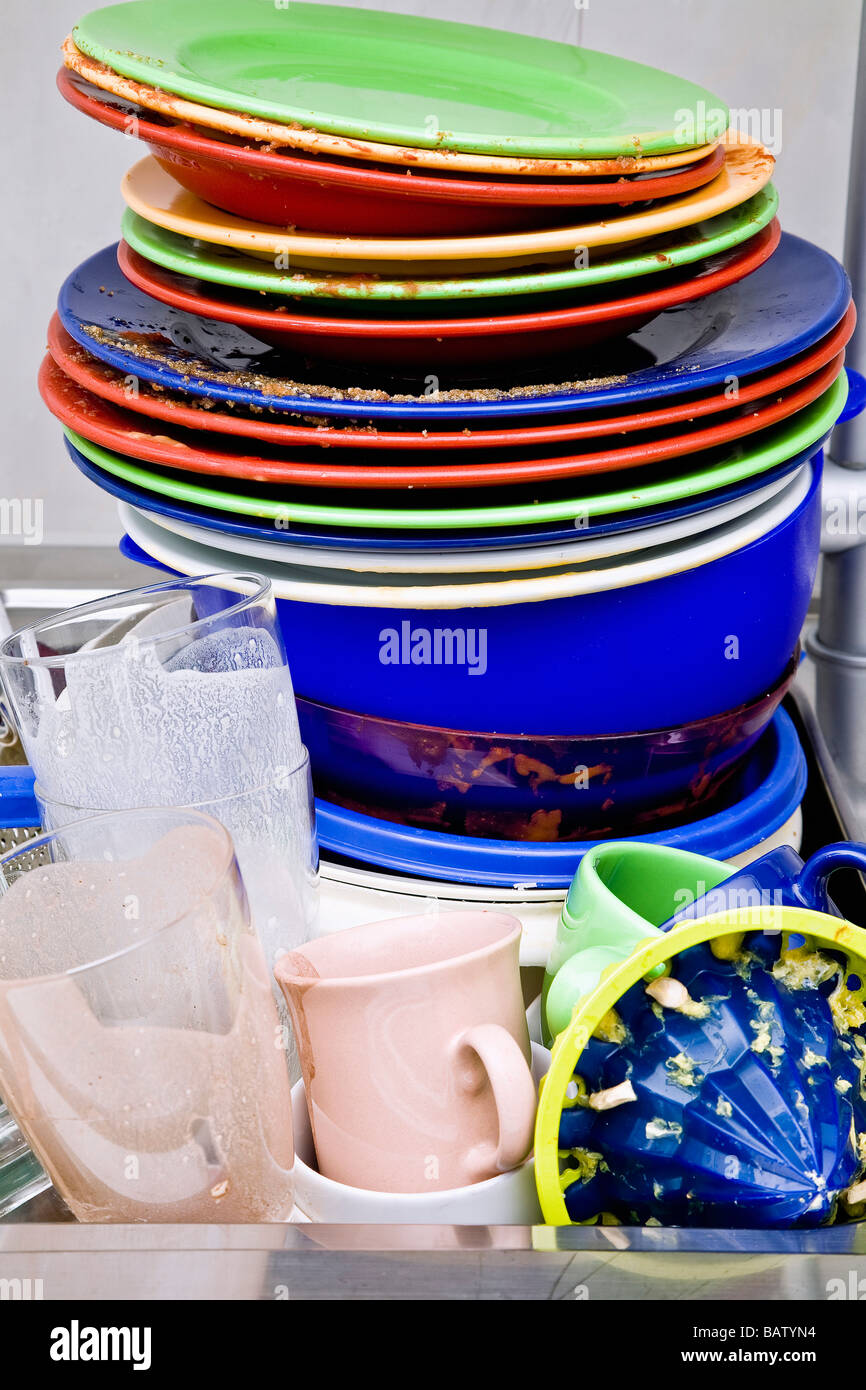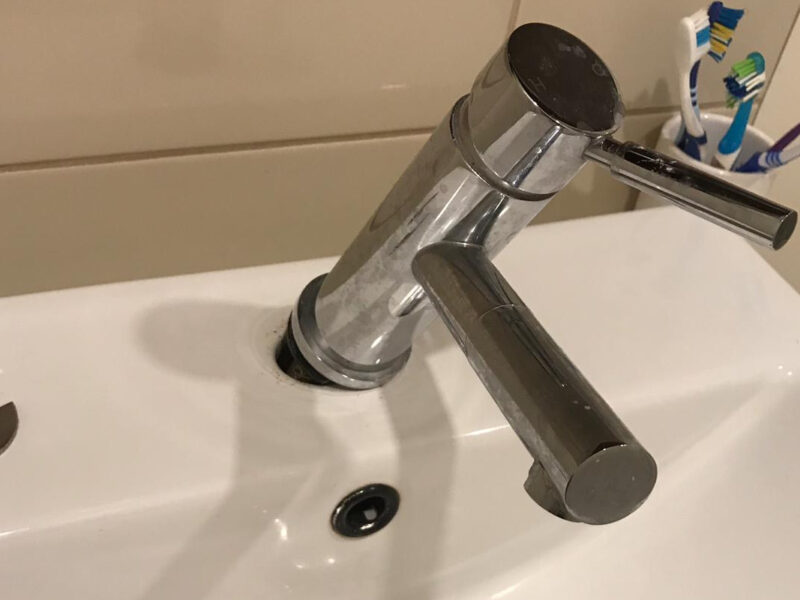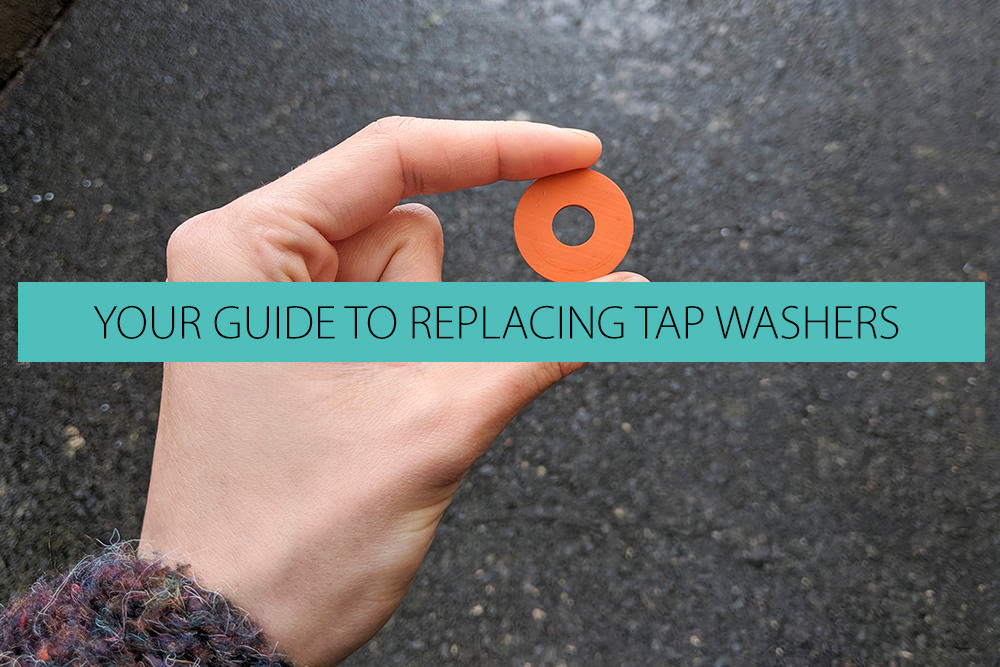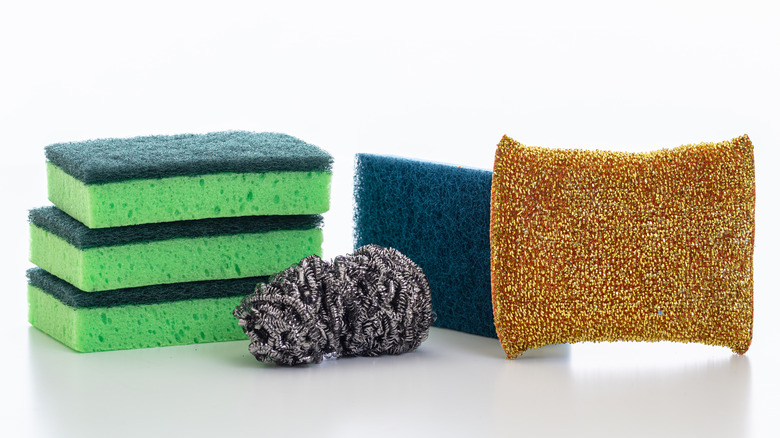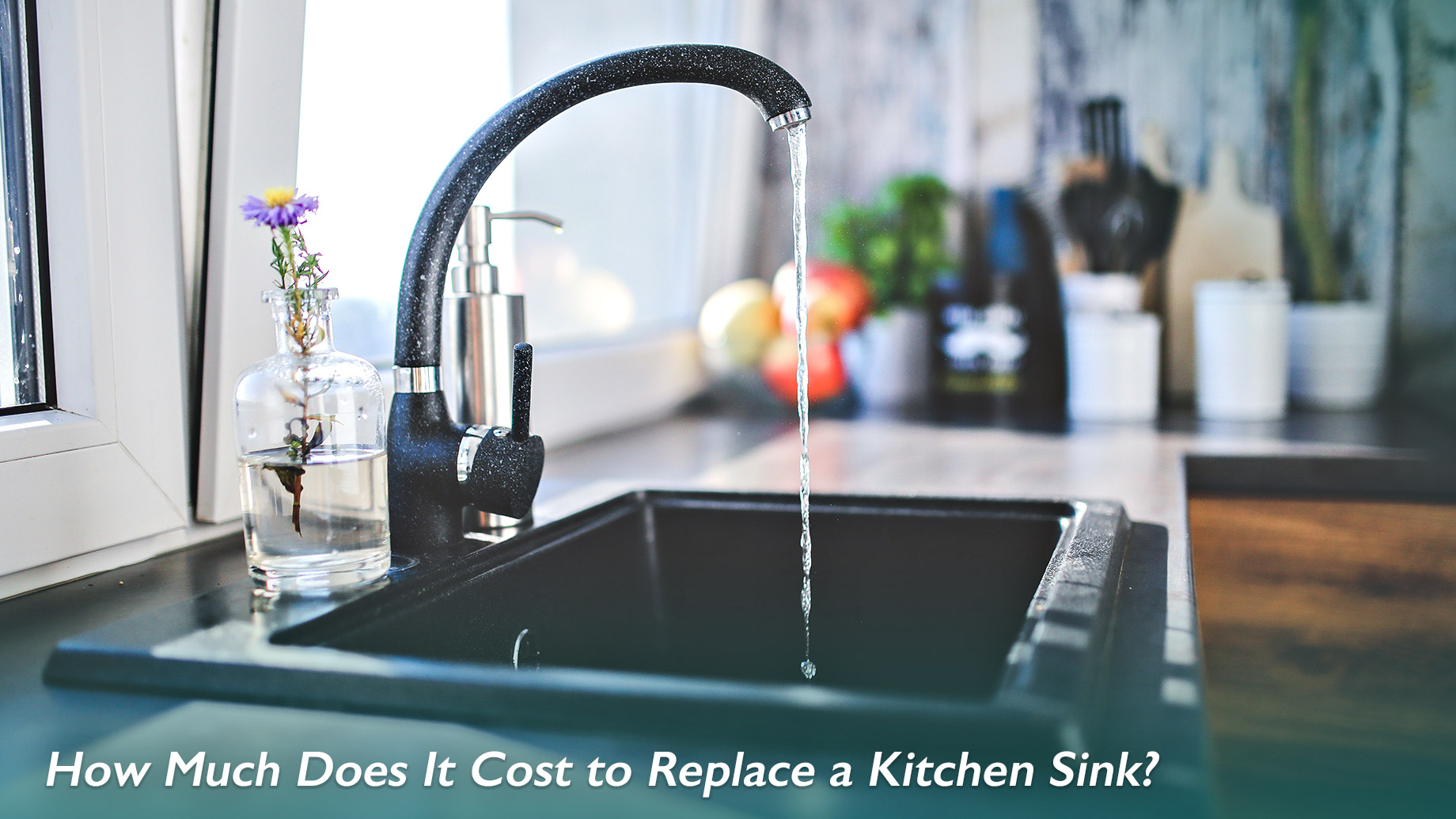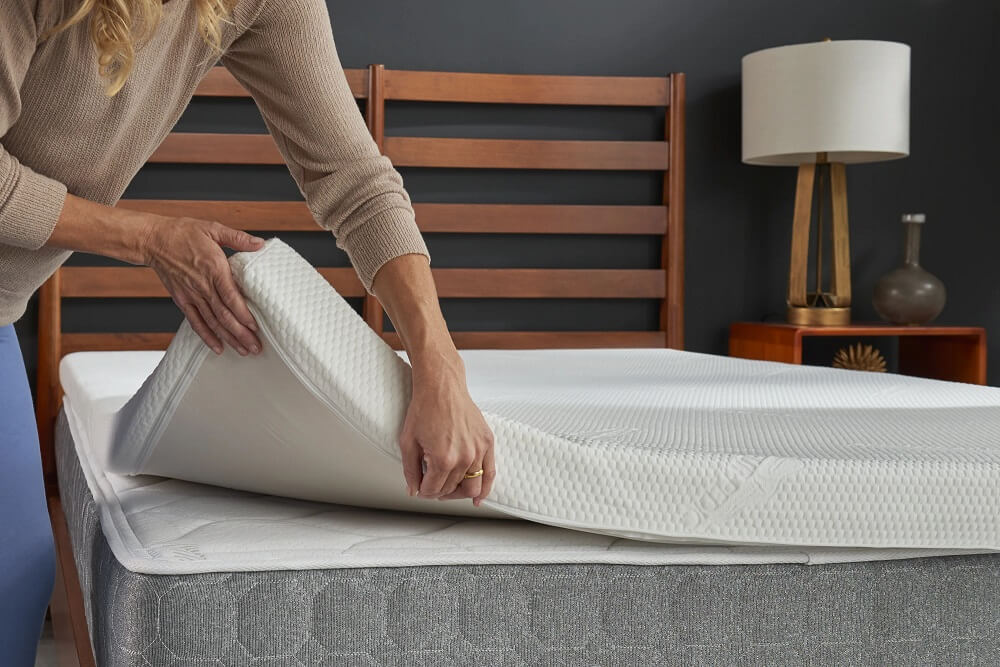If you've noticed a leaky faucet in your kitchen sink, chances are the washers in your faucet have worn out and need to be replaced. While this task may seem daunting, it's actually a fairly simple and straightforward process that can save you time and money in the long run. In this guide, we'll walk you through the steps of replacing kitchen sink washers so you can fix that pesky leak and get back to enjoying a fully functioning sink.How to Replace Kitchen Sink Washers
The first step in replacing kitchen sink washers is to gather all the necessary tools and materials. You'll need a new set of washers, a screwdriver, an adjustable wrench, and plumber's tape. Once you have everything you need, turn off the water supply to your sink and place a towel or bucket underneath the sink to catch any water that may leak out. Next, use your screwdriver to remove the handle of your faucet and take off the decorative cap. This will expose the retaining screw, which you can then remove with your screwdriver. Once the screw is removed, you can take off the faucet handle and set it aside. Now it's time to remove the old washers. Use your adjustable wrench to loosen the packing nut and then remove it, along with the old washers. Be sure to pay attention to how the washers are positioned so you can properly install the new ones. With the old washers removed, clean the area with a rag and then install the new washers in the same position as the old ones. Use your adjustable wrench to tighten the packing nut and make sure it's secure. Once the new washers are in place, reattach the faucet handle and tighten the retaining screw. Turn the water supply back on and test your faucet to make sure the leak has been fixed.Replacing Kitchen Sink Washers: A Step-by-Step Guide
While you can always call a plumber to replace your kitchen sink washers, it's a simple enough task that you can easily do it yourself. Not only will this save you money, but it will also give you a sense of accomplishment and independence. Plus, now you'll have the knowledge and skills to tackle other plumbing issues that may arise in the future.DIY: Replacing Kitchen Sink Washers
To ensure a successful replacement of your kitchen sink washers, here are a few tips and tricks to keep in mind:Replacing Kitchen Sink Washers: Tips and Tricks
Replacing kitchen sink washers is an important maintenance task that should not be overlooked. Not only will it fix any leaks, but it will also prevent potential water damage to your sink and surrounding areas. Regularly replacing worn out washers can also extend the lifespan of your faucet, saving you money in the long run.The Importance of Replacing Kitchen Sink Washers
Although replacing kitchen sink washers is a fairly straightforward process, there are some common mistakes that DIYers make that can lead to bigger problems. These include:Replacing Kitchen Sink Washers: Common Mistakes to Avoid
As mentioned earlier, you'll need a few tools to successfully replace your kitchen sink washers. These include:Tools You'll Need for Replacing Kitchen Sink Washers
If you're still experiencing issues with your faucet after replacing the washers, it's important to troubleshoot the problem to determine the cause. Some common issues and their potential solutions include:Replacing Kitchen Sink Washers: Troubleshooting Common Issues
There's no set timeline for when you should replace your kitchen sink washers as it will depend on how often you use your faucet and the quality of the washers. However, if you notice any leaks or issues with your faucet, it's a good idea to check the washers and replace them if necessary.How Often Should You Replace Kitchen Sink Washers?
While it is possible to replace kitchen sink washers yourself, some homeowners may prefer to hire a professional plumber to handle the task. If you're not confident in your DIY skills or don't have the necessary tools, it may be best to leave it to the experts. However, for those who are handy and looking to save some money, DIY replacement is a viable option.Replacing Kitchen Sink Washers: Professional vs. DIY
Why Replacing Kitchen Sink Washers is Important for Your House Design

Proper Maintenance is Key
 When it comes to designing and maintaining a house, every little detail matters. One of the often overlooked components in a kitchen is the kitchen sink washer. This small but essential part plays a crucial role in keeping your kitchen functional and aesthetically pleasing. As time goes by, washers can wear out and become less effective, which can lead to leaks, water damage, and overall inconvenience. That's why knowing how to replace them is crucial for maintaining a well-designed kitchen.
When it comes to designing and maintaining a house, every little detail matters. One of the often overlooked components in a kitchen is the kitchen sink washer. This small but essential part plays a crucial role in keeping your kitchen functional and aesthetically pleasing. As time goes by, washers can wear out and become less effective, which can lead to leaks, water damage, and overall inconvenience. That's why knowing how to replace them is crucial for maintaining a well-designed kitchen.
Prevent Water Damage
 A leaking kitchen sink can cause significant damage to your cabinets, floors, and even lead to mold growth. This can not only be costly to repair but can also affect the overall appearance of your kitchen. By regularly checking and replacing your kitchen sink washers, you can prevent any potential water damage and keep your kitchen looking its best. This simple maintenance task can save you from spending a lot of money on repairs in the long run.
A leaking kitchen sink can cause significant damage to your cabinets, floors, and even lead to mold growth. This can not only be costly to repair but can also affect the overall appearance of your kitchen. By regularly checking and replacing your kitchen sink washers, you can prevent any potential water damage and keep your kitchen looking its best. This simple maintenance task can save you from spending a lot of money on repairs in the long run.
Keep Your Kitchen Functional
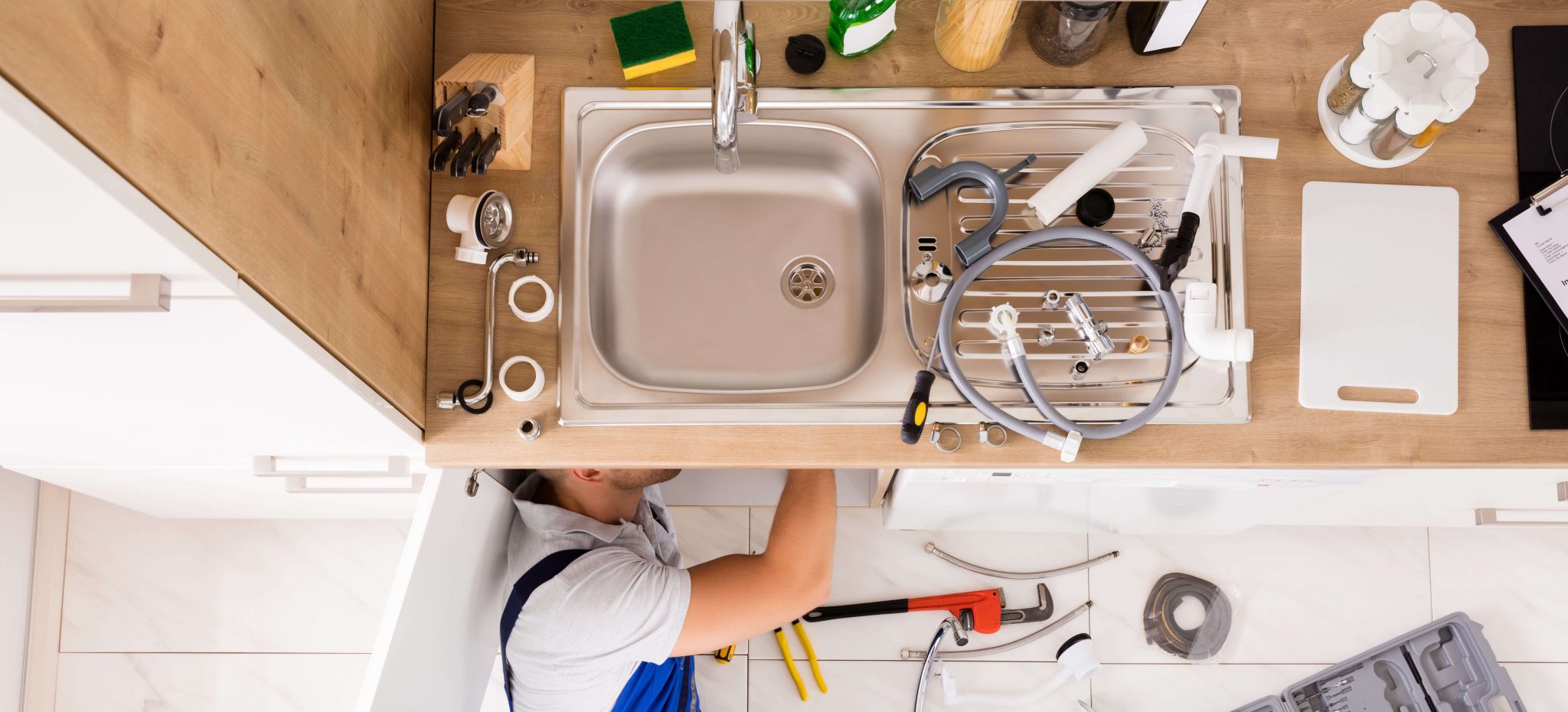 A leaking kitchen sink can also be a major inconvenience for your daily tasks. It can disrupt your cleaning and cooking routines, making it difficult to use your sink properly. By replacing worn-out washers, you can ensure that your kitchen sink functions properly, allowing you to carry out your daily tasks without any hassle. This not only makes your kitchen more efficient but also adds to its overall design by keeping everything in working order.
A leaking kitchen sink can also be a major inconvenience for your daily tasks. It can disrupt your cleaning and cooking routines, making it difficult to use your sink properly. By replacing worn-out washers, you can ensure that your kitchen sink functions properly, allowing you to carry out your daily tasks without any hassle. This not only makes your kitchen more efficient but also adds to its overall design by keeping everything in working order.
Enhance the Aesthetic of Your Kitchen
 When it comes to designing a house, every little detail counts. A leaking kitchen sink with worn-out washers can be an eyesore in an otherwise well-designed kitchen. By replacing these washers, you can maintain the sleek and modern look of your kitchen and enhance its overall aesthetic. Additionally, with new washers in place, your sink will look and function like new, adding to the overall appeal of your kitchen design.
In conclusion, replacing kitchen sink washers is an essential maintenance task that should not be overlooked in house design. By doing so, you can prevent water damage, keep your kitchen functional, and enhance its aesthetic. So, make sure to regularly check and replace your kitchen sink washers to keep your kitchen in top shape.
When it comes to designing a house, every little detail counts. A leaking kitchen sink with worn-out washers can be an eyesore in an otherwise well-designed kitchen. By replacing these washers, you can maintain the sleek and modern look of your kitchen and enhance its overall aesthetic. Additionally, with new washers in place, your sink will look and function like new, adding to the overall appeal of your kitchen design.
In conclusion, replacing kitchen sink washers is an essential maintenance task that should not be overlooked in house design. By doing so, you can prevent water damage, keep your kitchen functional, and enhance its aesthetic. So, make sure to regularly check and replace your kitchen sink washers to keep your kitchen in top shape.



















